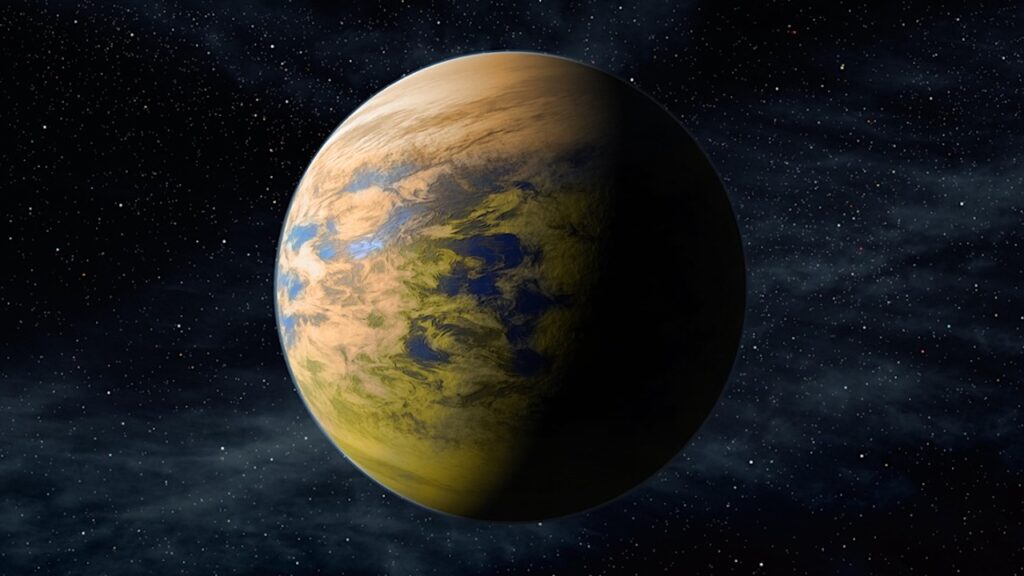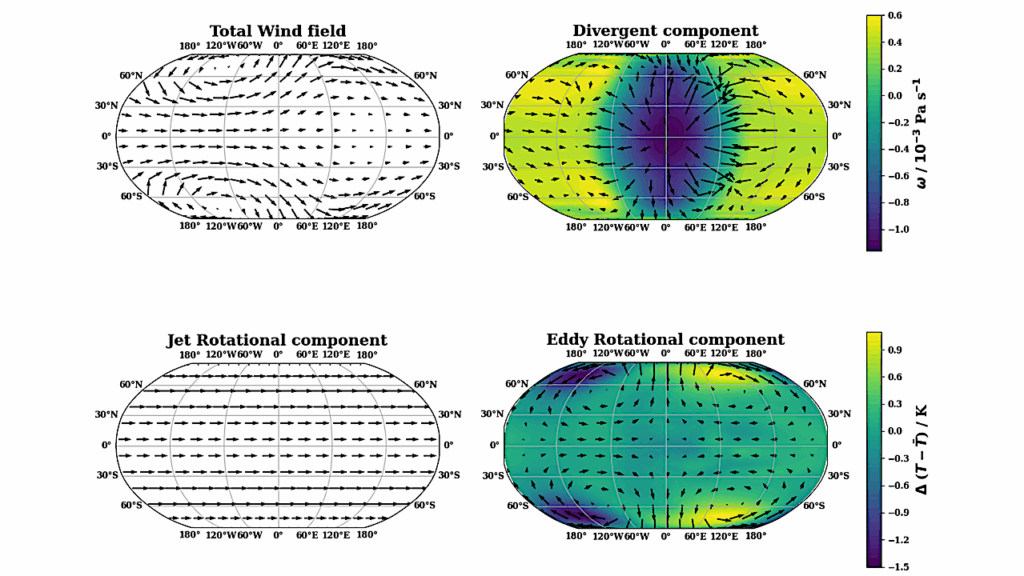Ice-Exposing Impact Crater Surrounded by Polygon Terrain On Mars

The ice-exposing impact crater at the center of this image is an example of what scientists look for when mapping places where future astronauts should land on Mars.
NASA’s Mars Reconnaissance Orbiter captured this view using its High-Resolution Imaging Science Experiment (HiRISE) camera on July 17, 2016. The color in this image has been enhanced for effect; water ice would not actually look this blue on Mars. The crater is estimated to be about 59 feet wide (18 meters wide).
Surrounding the impact is a rough kind of surface known as “polygon terrain,” which on Earth is known to form when subsurface ice expands and contracts repeatedly over time. Seeing this terrain surrounding an ice-exposing crater suggests much more ice could be found there.
This impact is one of many included in a NASA-funded mapping project called Subsurface Water Ice Mapping, or SWIM. Mars has both water ice and carbon dioxide ice (dry ice); water ice would be a critical resource for the first astronauts to step foot on Mars, who can use it for drinking, rocket fuel, and other purposes. The more water ice these astronauts land next to, the less they need to bring with them.
Because the Martian atmosphere is so thin – less than 1% the pressure experienced at sea level on Earth – liquid water is unstable on the Red Planet and will vaporize unless it’s frozen. But water ice on the planet’s surface is only stable at high latitudes that are far too cold for astronauts and robots to survive. So SWIM attempts to locate water ice preserved within the subsurface in the mid-latitudes, where landing would be feasible. Such regions are far enough toward the poles for water ice to be plentiful, but close enough to the equator to avoid the coldest temperatures seen on Mars.
SWIM is led by the Planetary Science Institute in Tucson, Arizona and managed by NASA’s Jet Propulsion Laboratory in Southern California. The University of Arizona, in Tucson, operates HiRISE, which was built by Ball Aerospace & Technologies Corp., in Boulder, Colorado. JPL, a division of Caltech in Pasadena, California, manages the Mars Reconnaissance Orbiter for NASA’s Science Mission Directorate in Washington.
Astrobiology








